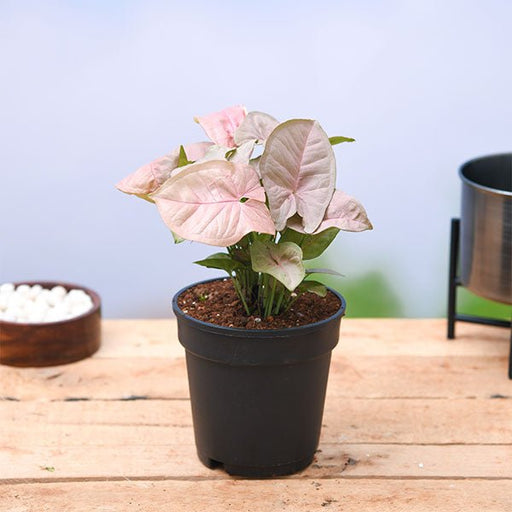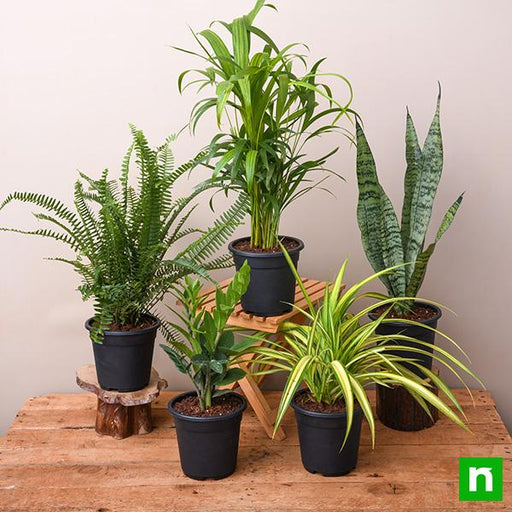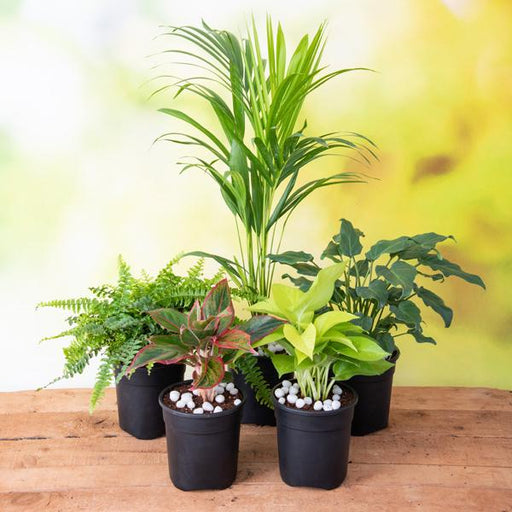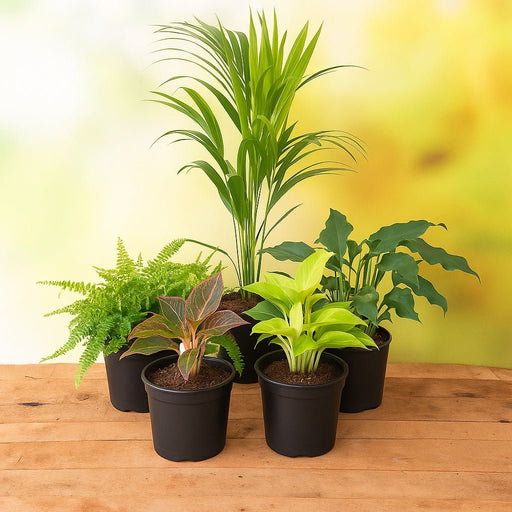Arrowhead Plant Care
Arrowhead plants, also known as Syngonium podophyllum, are a popular indoor plant due to their attractive foliage and easy care requirements. In this article, we'll go over the basics of arrowhead plant care, including light, water, and soil requirements.
Arrowhead Plant Propagation
If you're looking to expand your collection of arrowhead plants, propagation is a great way to do so. This article will cover the various methods of arrowhead plant propagation, including division and stem cuttings.
Arrowhead Plant Varieties
Arrowhead plants come in a variety of cultivars, each with their own unique characteristics. From variegated foliage to different leaf shapes, this article will explore some of the most popular arrowhead plant varieties.
Arrowhead Plant Toxicity
While arrowhead plants are relatively easy to care for, it's important to note that they can be toxic to pets if ingested. In this article, we'll go over the signs of arrowhead plant toxicity and how to keep your furry friends safe.
Arrowhead Plant Bugs
Like all plants, arrowhead plants can be susceptible to pests. This article will cover some of the most common arrowhead plant pests, including spider mites and mealybugs, and how to treat them.
Arrowhead Plant Fertilizer
Fertilizing your arrowhead plant can help promote healthy growth and vibrant foliage. This article will go over the best types of fertilizer for arrowhead plants and how to apply it properly.
Arrowhead Plant Light Requirements
Arrowhead plants prefer bright, indirect light but can tolerate lower light conditions. In this article, we'll discuss the ideal light requirements for arrowhead plants and how to position them in your home.
Arrowhead Plant Watering
Proper watering is crucial for the health of your arrowhead plant. This article will cover how often to water your arrowhead plant, as well as tips for avoiding overwatering and underwatering.
Arrowhead Plant Pruning
Pruning your arrowhead plant can help keep it looking neat and tidy, as well as promote healthy growth. This article will cover when and how to prune your arrowhead plant for best results.
Arrowhead Plant Soil
Arrowhead plants prefer well-draining soil that is kept consistently moist. This article will cover the best types of soil for arrowhead plants and how to ensure proper drainage.
Arrowhead Plant Repotting
As your arrowhead plant grows, it may outgrow its current pot and need to be repotted. This article will cover when and how to repot your arrowhead plant for optimal growth.
Arrowhead Plant Hanging
Arrowhead plants can be a beautiful addition to your home when hung in a decorative planter. This article will cover the best types of planters for hanging arrowhead plants and how to properly care for them.
Arrowhead Plant Temperature
Arrowhead plants prefer warm, humid conditions but can tolerate a range of temperatures. In this article, we'll go over the ideal temperature range for arrowhead plants and how to avoid temperature-related issues.
Arrowhead Plant Pet-Safe
As previously mentioned, arrowhead plants can be toxic to pets if ingested. This article will cover some pet-safe alternatives to arrowhead plants for those with furry friends at home.
Arrowhead Plant Diseases
While arrowhead plants are generally easy to care for, they can still be susceptible to various diseases. This article will cover some of the most common arrowhead plant diseases, such as root rot and leaf spot, and how to treat them.
Arrowhead Plant Types
Arrowhead plants come in several varieties, each with its unique appearance and growth pattern. Some popular types include the green arrowhead plant, the pink arrowhead plant, and the variegated arrowhead plant. Each type has its specific care requirements, so it's essential to research before selecting a specific type for your home or garden.
Arrowhead Plant Care
Arrowhead plants are relatively low maintenance, making them a popular choice for indoor and outdoor gardening enthusiasts. They require bright, indirect sunlight, consistent watering, and occasional fertilization. It's essential to avoid overwatering and to ensure adequate drainage to prevent root rot.
Arrowhead Plant Propagation
Arrowhead plants are easy to propagate, making them an excellent choice for those who want to expand their plant collection or share their plant with others. The most common method of propagation is through stem cuttings. It's essential to follow proper procedures to ensure the cutting develops roots and a new plant successfully.
Arrowhead Plant Potting
Arrowhead plants grow well in a variety of pot sizes and styles, including hanging baskets, terrariums, and traditional planters. When selecting a pot, it's crucial to consider the plant's growth pattern, pot size, and drainage requirements.
Arrowhead Plant Pruning
Pruning arrowhead plants is essential to maintain their shape and prevent legginess. It's recommended to prune arrowhead plants regularly, especially during the growing season. Pruning encourages new growth and helps the plant maintain its fullness.
Arrowhead Plant Toxicity
Arrowhead plants are mildly toxic to pets and humans, making them unsuitable for households with young children or curious pets. It's essential to keep these plants out of reach and to handle them with care to avoid skin irritation or ingestion.
Arrowhead Plant Leaves Turning Yellow
Yellowing leaves on an arrowhead plant can indicate several issues, including overwatering, underwatering, or nutrient deficiencies. It's crucial to identify the cause of the issue and adjust watering or nutrient levels accordingly to prevent further damage to the plant.
Arrowhead Plant Leaves Curling
Curling leaves on an arrowhead plant can indicate low humidity levels or pests, such as spider mites. It's essential to monitor the plant's environment and take appropriate measures to maintain optimal humidity levels and prevent pest infestations.
Arrowhead Plant Flowers
Arrowhead plants produce small, white flowers that bloom during the growing season. While these flowers are relatively insignificant compared to the plant's foliage, they add a beautiful touch to the plant's overall appearance.
Arrowhead Plant Benefits
Arrowhead plants are more than just a beautiful addition to your home or garden. They are known for their air-purifying qualities and can help remove toxins from the air. Additionally, they have been used in traditional medicine for their anti-inflammatory properties.



































































